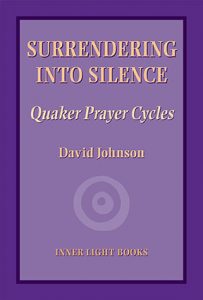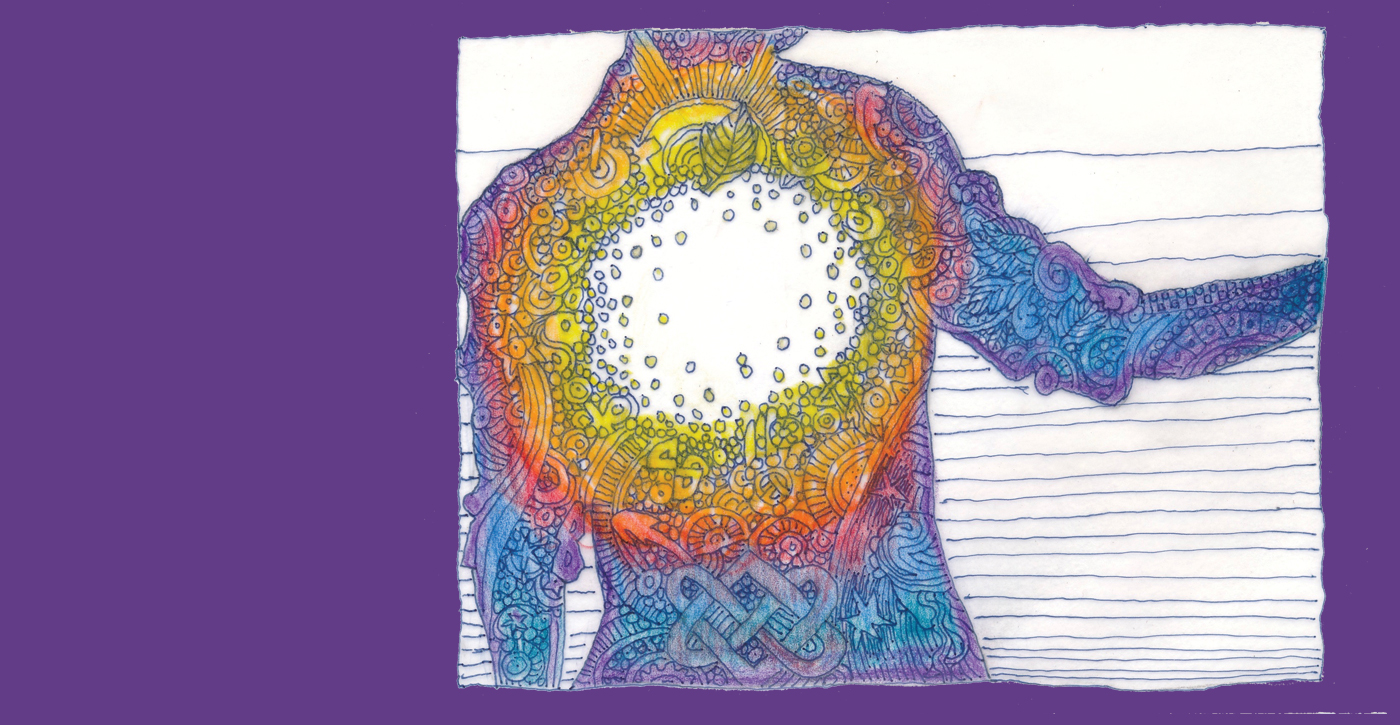
Start reading
Remove from Saved
Add to list
Download to app
Share
Surrendering into Silence: Quaker Prayer Cycles
By David Johnson
84 pages
2 hours
Included in your membership!
at no additional cost
Description
 There is language which describes an experience.
There is language which describes an experience.
Have you ever been to Florence? There are fountains and sculptures everywhere you look, stone castles and vineyards occupying the surrounding countryside, ornate churches, murals painted on unsuspecting walls….
Then there is language which foretells an experience and invites you to it.
You’ve never been to Florence? Would my previous description entice you to visit? (pandemics aside). I loved the artistry of Italian doors, even just into a pharmacy. The coffee is awesome. You should definitely go.
And again, there is language which makes sense of experiences; affirming and consolidating them.
Welcome back from your trip. Did you see the fountains? Oh, yes, and they were wonderful!
Johnson’s book uses the language of early Quakers and the Christian mystics to:
- describe his authentic experience of the life and patterns of prayer over time (Florence)
- describe the predictable motions of the prayer of silence over time, and invites us to experience it (You should go – it’s awesome)
- affirm and make sense of the experiences we have had, and point to next steps (…yeah, I saw that too)
If you feel offended by Christian language this book will be a challenge to you. Johnson makes no claim to the rightness of Christianity, and points to the universality of faith which lies beyond any system attempting to describe the process and guide people through. But Christianity is his language – also the language of early Friends – and he uses it unreservedly.
Surrendering into Silence is in alignment with other descriptions of the life of prayer. For example, Johnson’s description of the prayer cycle fits well with Rex Ambler’s process of Light Meditation which advises us to 1) Mind the Light, 2) Open to what it has to show you, 3) Wait for guidance, and 4) Submit to that guidance. Even more succinctly, the gospel of Thomas (logion 2) quotes Jesus as saying. “Those who seek should not stop seeking until they find; when they find they will be disturbed; when they are disturbed, they will marvel and will reign over all”
This book is a deceptively brief 55 pages. The structure is not readily apparent but eventually it becomes clear that he lays out the prayer cycle bit by bit; each bit being separated from the next by some “reflections” – carefully selected short quotes to let the concept just given connect with our own experience.
These reflections are to be read and re-read and savoured over time. This is not a book to be read from cover to cover.
Johnson describes the prayer cycle as a process of moving from an external busyness to an inward stillness, and identifies practices to become “…awakened to the possibilities of the spiritual life.” Initially, we experience rest and refreshment through a sense of effort… which gives way to a sense of being found rather than doing the searching ourselves. We begin to yield to the Light.
Next we are met with “eruptions from the subconscious”. We have sought, and found, and now it’s time to be disturbed. The disturbance and darkness we find can continue unabated for some time; Johnson says, “suffering is a real and essential part of the spiritual journey” and he observes that prolonged periods of darkness are normal. Monastics call this process “stripping”; being stripped of the unhelpful to prepare us for a more fruitful life. Extended darkness can be regarded, therefore, as making good progress; discomfort begets change. This is a place where psychology and spiritual practice overlap. The author’s advice is to step back and observe and wait to see what the Light is showing you. (Sounds a lot like Rex Ambler)
The cycle of prayer (daily practice, consolation and rest, disturbance, darkness, and transformation) is repeated over and over again, each iteration moving us further in the journey. Johnson encourages us to persevere. As we persist in the process of being transformed, we are prepared to be an instrument for a secret responsiveness, not necessarily of action, which Fox described as walking in the Light. In the author’s words. “As we become more aware, more attentive and more accepting, God can do more with us. We become co-workers with God.”
It is one thing to be passionate about what is good and to respond to the flawed world through practicing our values. It is another thing to be prepared by Spirit to be a Light-powered instrument of God moving in, and responding to, the world around us.
Johnson invites us to be there, and shows us a path for how to get there. If you want the quickie cheat sheet, the full cycle is well summarised and illustrated on pages 44 and 45.
You do need to work a bit to understand Johnson’s language of experience, invitation, affirmation and guidance, but it’s worth the effort.
Surrendering into Silence: Quaker Prayer Cycles, by David Johnson, Inner Light Books 2020.
Sheila Keane, New South Wales Regional Meeting

































